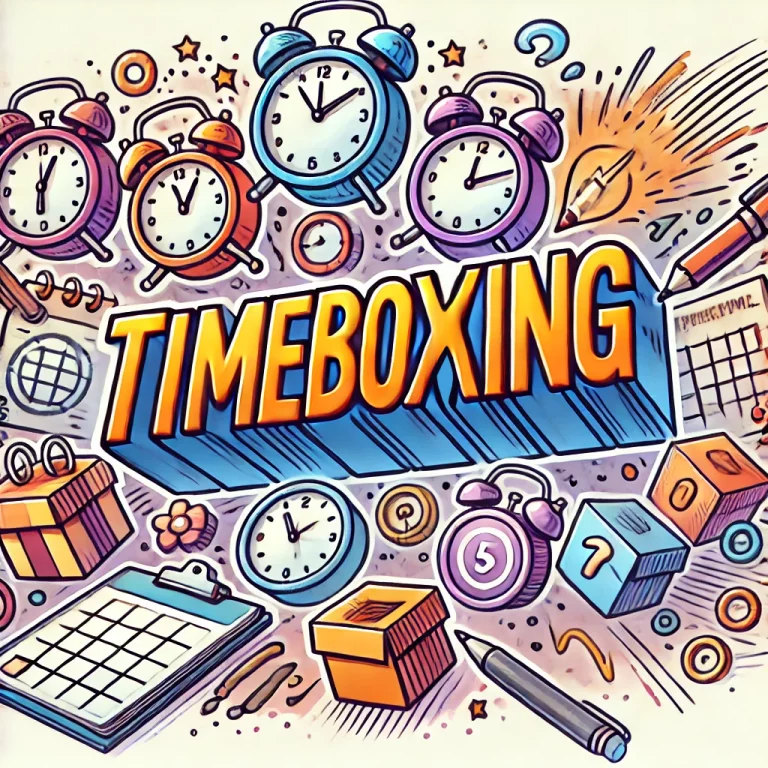
Making An Amazing To-Do List
To-do lists are the first step in time management.
They have been around since 1791!
What Is A To-Do List?
A simple list of tasks for you to get through.
Some people will start with a simple list and work through it from top to bottom.
But a little extra effort can go a long way.
Making A Great To-Do List
Everyone can make a to-do list, but how can you make it great?
You need to be realistic, and pragmatic.
Having “Complete Project” as a task isn’t going to help anyone!
Make sure you break bigger jobs into smaller achievable tasks, so you can keep progressing steadily.
Follow these 3 tips and start building your own list!
1. Pick The Right Format
Make the choice between handwritten and digital.
Try both and figure out which works best for you.
If you are unsure which way to go, we strongly recommend you go for a handwritten list.
In todays workplace computers and phones have a million uses.
Having your list clearly set out on paper will help you prioritise it!
2. Tick Off Tasks
As you complete tasks, tick them off.
It may seem simple but this is an amazing tool!
According to the Harvard Business Review:
Ticking off tasks releases dopamine in the brain.
Dopamine is the feel-good neurotransmitter released in the brain when you get rewarded for taking action.
Your brain will come to associate ticking off tasks with the dopamine, and keep you motivated!
3. Make It Visible
It is crucial to have at least part of your list somewhere you can see it easily.
This serves as a constant reminder of what you should be doing next.
This is similar to the Seinfeld strategy!
Obviously keep the long list around to refer back to!
But try having the top 3 tasks from your list on a post-it note on your computer.
Conclusion
To-do lists are a great starting place for time management.
For a lot of simple jobs it’s all you need!
But if you are looking for something a little more complex, check out this article on the Eisenhower Matrix.
Not every time management skill will be for you!
But learning them is always a step in the right direction.
- Facebook: https://www.facebook.com/profile.php?id=100066814899655
- X (Twitter): https://twitter.com/AcuityTraining
- LinkedIn: https://www.linkedin.com/company/acuity-training/



